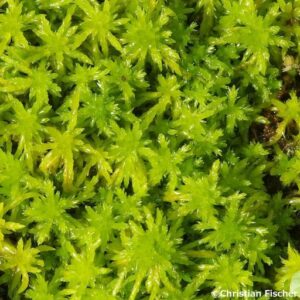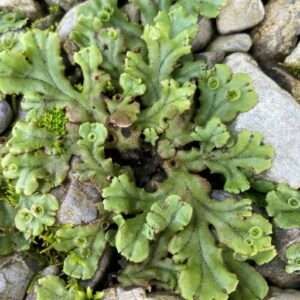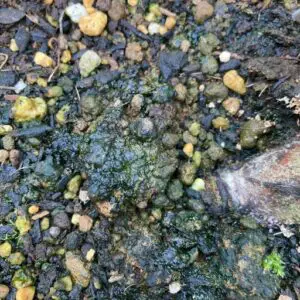Is green stuff bad for bonsai?
What is the “green stuff”?
Whether or not the “green stuff” is bad for your bonsai depends on what it is. The “green stuff” on the soil of your bonsai can be;
- moss,
- algae, or
- mold.
If it is moss, it is not bad for bonsai, at least for the tree’s health. But if it is algae or mold, it may be bad for bonsai and should be removed.
Is moss bad for bonsai?
If it is moss, it is not bad for bonsai, at least for the tree’s health. In fact, moss is one of the features of bonsai aesthetics that makes a bonsai tree not just a small tree but a part of a natural landscape created with plants in a bonsai pot.
Good bonsai moss
There are species of mosses that we should encourage growing with bonsai trees and those we should avoid. Good bonsai moss is good-looking (beautiful green that suits the bonsai tree), has ability to retain water and soil for the tree, fits the climate in the region and does not need special care.
Bad bonsai moss
But there are some kinds of moss that you should avoid for bonsai moss. If the green stuff on your bonsai is looking like the following, you should remove it.
- Covers the soil like a carpet
- Does not look good with bonsai tree

Sphagnum moss- covers like a carpet

marchantia polymorpha- looks bad
For more about good and bad bonsai moss, please read the following posts.
Are green algae bad for bonsai?
The “green stuff” showing up on your bonsai soil may be algae. If it looks slimy when wet and blacky seaweed when dry as in the picture above, it can be Nostoc spp. of algae (star jelly). It used to be classified as algae but in fact, it is a kind of bacteria now called cyanobacteria that can conduct photosynthesis like plants.
They are considered to be among the most ancient organisms to inhabit the earth dating back to more than 3.5 billion years. This may be why it is hard to kill off completely.
Cyanobacteria will develop more rapidly if phosphorus fertilizer is present in the soil and water sources. Too much watering and not enough drainage, in addition to warmth, is another cause that it spreads like hell.
While cyanobacteria do not kill your bonsai trees, it may harm the trees indirectly by taking nutrients from the soil that are supposed to be for bonsai trees. It may also disturb the drainage that is necessary for the bonsai trees by completely covering the soil. Besides, it looks really bad and unpleasant.
If you have this green stuff on your bonsai soil, dig it up and remove it from the soil completely. Make sure to avoid breaking it up. Even a small amount left behind can lead to it spreading again. Please note that cyanobacteria is very tolerant to drought so drying the soil will not help you to get rid of it.
Is green mold bad for bonsai?
There are thousands of known species of mold but they all need moisture and organic matter for growth. Like fungi, green molds derive energy not through photosynthesis like plants but from the organic matter on which they live.
This green mold may come out feeding on the dead leaves of your bonsai tree you forgot to pick up. Or it may feed on the worm poop that is feeding on your bonsai trees (it happened to me once!). The situation is aggravated if the weather is warm and the soil is kept wet.
Depending on what exactly the species of the green mold is, it may or may not be toxic to your bonsai trees. In any event, you should remove it because it will not do any good to the trees.
—–
Reference
Thomas A. Dudek, Nursery growers should watch for blue-green algae in container growing areas, Michigan State University Extension, August 25, 2011.





